Imagine sending someone a message, only to be left with a “seen at” notification and no answer.
Well, you most likely don’t have to imagine. We’ve all been there, and we know how frustrating that is.
The same thing goes for customer surveys. Seeing your response rate flop after you’d crafted a perfect survey campaign is crushing.
A survey response rate is more than just a popularity metric. High response rates mean higher data quality and reliability. They also point to increased customer engagement and loyalty levels. Without a wide range of different opinions and an accurate sample size, you won't be able to truly get to know your audience, confirm your hypotheses, and grow.
On top of that, companies often struggle to figure out what “a good response rate” means. It’s easy to get in over our heads when seeing competitors’ average survey response rates and wonder what we’re doing wrong.
At Survicate, we believe that instead of obsessing over benchmarks and averages, we should focus on increasing our survey response rates and the power of qualitative feedback.
In this article, we’ll talk about:
- what the typical response rate is
- how many responses to your surveys you need for data quality
- why there’s usually no need to worry about the average response rate
- and how you can improve your response rate (based on real advice from our customer success team)
Sounds good? Then let’s go!
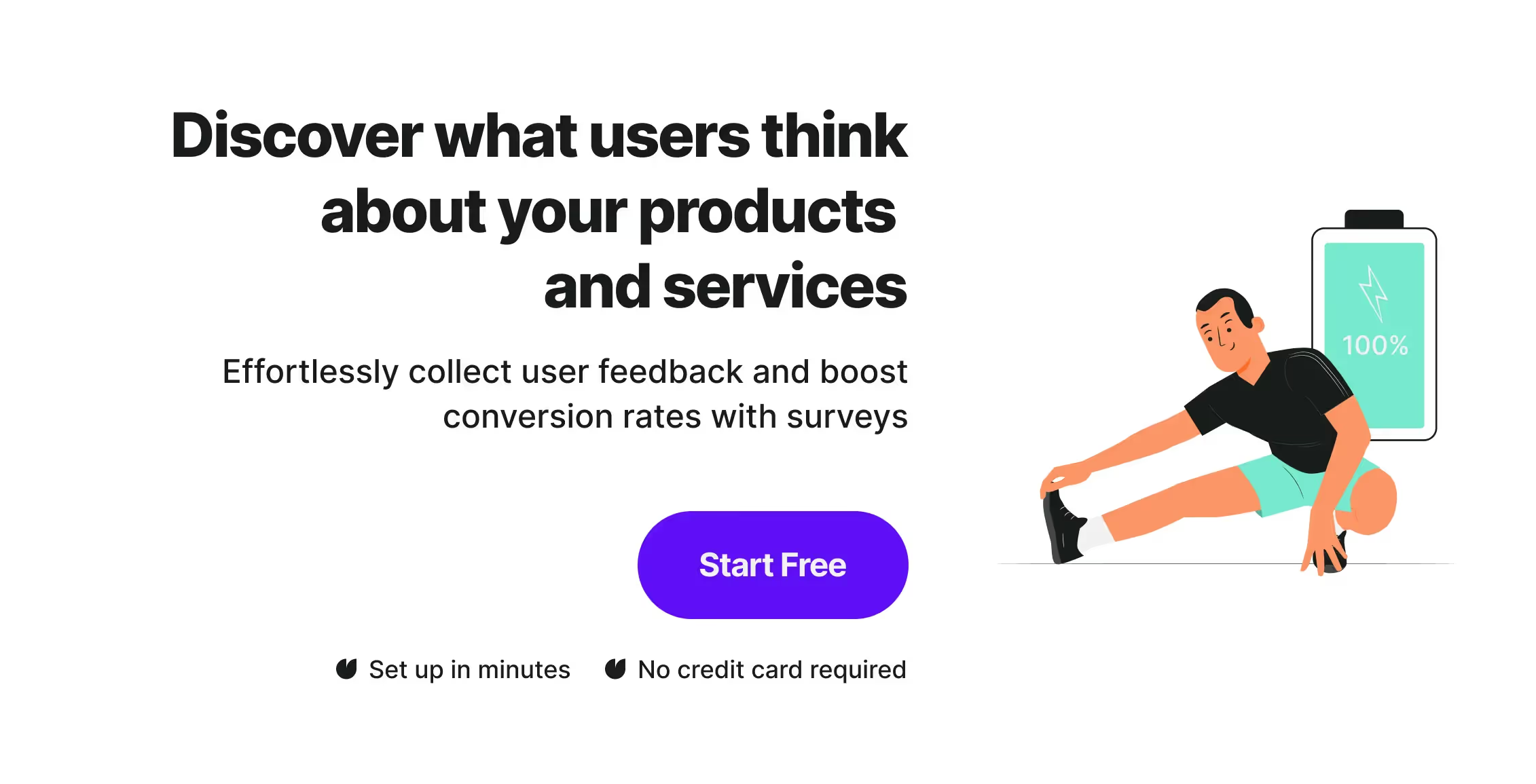
What is a survey response rate?
The survey response rate is the number of people who responded to your survey divided by the total number of people who received or saw your survey.
The metric is expressed as a percentage. This is why the survey response rate calculation goes as follows:
Survey response rate = the number of people who answered the survey / the number of people who received the survey x 100
The purpose of measuring the survey response rate is to see how engaged your audience is with your surveys. It helps you set internal benchmarks, define future goals, and optimize.
Don’t confuse survey response rate with survey completion rate! The survey completion rate is the number of people who completed your whole survey divided by the number of people who responded to it. So, it measures how many respondents made it to the end, not how many people engaged with your survey in general.
What’s the average survey response rate?
Surprise, surprise: there is no simple answer to this question. There are as many answers as their studies and reports investigating the issue.
Since there are many factors that affect survey response rates, such as:
- Distribution channel
- Timing
- Niche
- Audience demographic
- Presence of an incentive
- Survey length
- Survey question types
- Perceived security and confidentiality
- Brand popularity and perception
And many more, the range of the averages is wide.
Okay, and what’s a good survey response rate?
While some academic sources say that good survey response rates are those that surpass 30, 60, or even 80 percent, it’s rarely a realistic result for online customer surveys.
We recommend you do your best to get to a 25% response rate with every survey campaign you’re running. Treat this number as your initial goal.
But if you’re nowhere near this number just yet, don’t get discouraged. Every survey is a building block of better customer relationships. Plus, the power of customer surveys lies in the qualitative data. Even one answer that contains a good feature idea or insightful customer feedback can change your company for the better.
However, to gather quantitative data and formulate benchmarks, you need to ensure your response rate exceeds 25%. Small sample sizes do not provide reliable data. You also could fall prey to non-response bias and form wrong hypotheses about your audiences.
To sum up:
- If your main goal is getting numerical data, your response rate shouldn’t drop lower than 25%.
- If you run any type of customer satisfaction survey and your main goal is collecting qualitative feedback, you can settle for smaller response rates at the beginning of your survey journey – as long as you stay mindful of potential biases and limitations!
If your thought just now has been: “Wow, there’s no way I’m getting to the acceptable response rate of 25% any time soon, let alone more” – keep reading. I’m about to share a few tips you can implement in your survey process right away.
Customer Satisfaction (CSAT) survey template
How to increase your online survey response rates?
Here are a few hand-selected tips on boosting your response rates. They work best paired with Survicate surveys – but most are universal, so read on anyway!
I picked the brains of our fearless customer success team to make sure you’re getting advice that has already worked for companies before you. (No cookie-cutter tips you can get everywhere else, promise!)
#1 Build relationships with customers
A good relationship with your audience is the foundation of increasing the response rates to your customer satisfaction surveys in the long run.
Be honest with yourself: When was the last time you filled out a satisfaction survey for a company you didn’t care about? Most probably, in one of the two situations:
- You were offered a sweet incentive
- You got so angry with the company that you needed to vent
And both options might not give you the exact type of feedback you look for (more on the potential dangers of incentives later).
If your customers don’t want to talk to you, no amount of survey hacking and good practices will do the trick. It’s just like in real-life relationships. We don’t give our opinions to every stranger we meet, but we’re willing to invest our time to talk things out with our loved ones.
Invest in customer relationships and community building through smart marketing and customer success activities. Of course, both will bring many more profits than just a response rate boost. (If you or your company are already making these efforts, all you need is to be patient.)
Here are some tips on how to improve the relationships with your audience from the survey point of view:
- Act on customer feedback. If your customers request changes and improvements, bring them to life. They will know you listen to them and that having a relationship with you pays off.
- Make your surveys a conversation. Follow up with customers who offer interesting feedback. Compensate unhappy customers.
- Make your surveys on-brand. Use your tone of voice, company branding, and audience-appropriate language.
- Make surveys personal. With Survicate, you can insert your customers’ personal data into survey questions, or run multilingual surveys to better connect with international audiences.
Of course, this advice is mostly applicable to customer satisfaction surveys and other surveys that you send to your existing customers.
If you want to research an audience that isn’t part of your customer base, or you simply don’t have enough contacts yet (which might happen in the case of product-market fit surveys or market research surveys, for example), build a research panel or hire an external service provider to help you.
#2 A/B test your surveys
The safest way to make your clients want to answer your surveys is to match their preferences. And there’s no better way to do it than with experiments and A/B tests.
Even if you stick to all the survey good practices in the world, you still need testing. It will let you discover what makes your respondents tick. And once you find that sweet spot, your response rate is bound to go up.
Send two (or more) versions of one survey to see what your clients respond best to and test your hypotheses.
Here are some things we advise you to test:
- Survey channel. If you’re only just starting with surveys, make sure to try running them in every channel – website, product, email, chat… Check which channel attracts the most responses and invest in it.
- Survey timing. It’s a basic test for any type of survey that’s not time-sensitive (i.e., a survey that doesn’t have to be sent immediately after purchase or interaction with a specific feature but concerns general product experience). Check which day, time, and placement work best.
- Survey length. We get it. You want to collect as much information at once as possible. But maybe a shorter survey will be less intimidating and easier to answer? One way to find out!
- First question type. Does your audience respond better to long rating scales or simple, 3-point emoji scales?
- The impact of survey introduction. Try to change the wording of your survey intro to see if something moves the needle. We usually advise mentioning the length of the survey in your introduction to prepare your audience.
- Incentive. Are you struggling to get feedback from people that aren’t particularly familiar with your product but aren’t ready to offer a deal to everyone just yet? See if incentives will increase your survey response rates without affecting the quality of responses. Or better yet, test different incentives and discover which work best.
And one more tip: Always test just one change at a time. This way, you will be able to pinpoint what works and what doesn’t.
Survicate supports A/B tests for website surveys. You will find them in the Integrations tab. With this feature, you’ll easily compare the response rates of all the versions and keep track of the responses in one analytics panel.

#3 Embed the first question in an email survey
There are two ways to send an email survey – by attaching a link or embedding the first question in the email body.

With Survicate, you can easily embed the first question in your email – with just a line of code pasted in the HTML editor of your software. It’s super easy, especially if you use one of the email platforms that Survicate integrates with, such as Intercom, Mailchimp, or Hubspot.

The types of questions that can be embedded are:
- Net Promoter Score question
- Single answer question
- Smiley scale question
We discovered that embedding the first question in an email body results in a higher response rate. Even if the user is still taken to a separate link, it still makes taking that first step much easier.
#4 Get the timing right
Best time for email surveys
The sending time of your survey can make or break your response rate.
Multiple studies have investigated the best days and hours of scheduling your emails, with different results. For example, Hubspot recommends sending emails mid-week around 10 am, while Zendesk’s study cites Mondays and early morning or afternoon hours as optimal.
As usual, it’s best if you test and optimize what works best for you. Check your previous emails' open- and response rates, form hypotheses, and make changes.
If your audience is international, it’s best to use email software that lets you schedule sending based on time zones.
Timing your website and product surveys
With website and product surveys, the right timing is not about the day and hour but an event that will trigger your survey.
The best survey tools, Survicate included, let you choose from multiple conditions (that you can apply simultaneously).
Display surveys that relate to specific aspects of your business and product immediately after your client takes the desired action. However, always give them a chance to form an opinion before taking a survey. Here are a few examples:
- If you’ve just rolled out a new product feature and want to collect feedback about it, display the survey inside that feature. But don’t make it pop up immediately after the user accesses the feature – wait until they get the feel of it.
Product survey template
- If you want to check if your clients are interested in the blog content you publish, display your surveys in specific blog posts, but only after the readers linger on the site for longer. That way, you’ll make sure you're only asking the readers who are already engaged with your blog.
Reader interest survey template
- If you want to measure your customers’ satisfaction with your customer support after chat conversations, send the survey inside your chat box (embedded or as a link) immediately after the conversation is over.
Customer service satisfaction survey template
- If you want to gauge your clients’ satisfaction with the purchase process, display the survey immediately after the payment.
Post-purchase survey template
And so on!
For general customer satisfaction surveys sent in-app or on your website, do the opposite. Don’t send them right after an interaction. This will ensure the maximum quality of your data. The most recent experience is likely to cloud your customers’ judgment. And if you interrupt your users’ workflow with a survey, they most likely won’t have the time to answer your questions.
Start with displaying your customer satisfaction survey on the main view of your online product or the most frequently visited page on your website. Advanced targeting options will let you make sure you’re not displaying your survey to first-time customers.
Net Promoter Score survey template
#5 Segment your customers and target the right people
There are hardly any use cases where you need a single survey to target all potential respondents. Casting a net too wide will harm the quality of your results and lower your response rate.
When figuring out which respondents you need, answer the following questions:
- Who will have the knowledge on the topic – both when it comes to experience with your company and general expertise?
- Which group of respondents does the topic of the survey matter most to?
- Would the respondent benefit from taking the survey? If yes – how?
Answering these three questions will let you pinpoint the right audience even for seemingly general surveys.
Let’s take the example of Net Promoter Score (NPS) surveys that measure customer loyalty. You should show these surveys only to long-time clients who have got enough level of familiarity with your product to know if they'd recommend it. Brand new clients and light users will probably not bother answering your questions.
For email surveys, use the contact groups from your CRM to help you target the right users. Which attributes you choose is up to you and your segmentation. If you integrate your CRM with Survicate, you can additionally target users based on their behavior in your previous surveys - e.g., you can target non-respondents, NPS detractors, etc.
For your website and in-app feedback collection, Survicate’s build-in targeting options will let you send laser-focused surveys. There are many different conditions you can choose from:

#6 Keep the survey short(ish)
The shorter your survey, the higher the response rate.
One of our studies discovered that completion rates tend to drop with each additional question. The optimal survey length is one to three questions.
Fight the temptation to ask all the questions you have at once and follow these rules to keep your survey short and sweet:
- Focus on one topic per survey. It will let you keep the survey short and the respondents interested. Your customers will get discouraged if they’re forced to think about every aspect of your business at once. So, don’t try to kill two birds with one stone. Focus on one bird first, and grab another stone for that second one. (Okay, this metaphor got way too brutal).
- Never start your survey with an open-ended question. They tend to intimidate the respondents. It’s also best to limit yourself to only one open-ended question per survey.
- Always use skip logic when designing your survey. Showing only the questions that are relevant to your respondents shortens the survey.
- Make use of progress bars. If your respondents see right away that there are only three questions ahead of them, they are more likely to interact with your survey.

If you’re focusing on maximizing your response rates, microsurveys are your best bet.
But if the situation calls for long, in-depth questionnaires (for example, when you want to pinpoint a specific persona or build a narrow focus group), try incentivizing your audience.
#7 Thinking about incentives? Go ahead, but tread lightly
Incentives are a great way of boosting survey response rates. But you shouldn’t treat them as a fix-all solution, even if your budget allows it.
For customer satisfaction surveys, we generally advise against using incentives. They’re likely to result in biased answers:
- Your respondents might give you higher scores as a “thank you” for the gift
- If the incentive is connected to your business (e.g., a discount code or print-on-demand merchandise), it will naturally attract only the customers who like your product
- The response rate itself is a good indicator of customer satisfaction and loyalty. You’ll discover how many users want to engage in a dialogue with you without any extra motivations
Consider incentives when:
- Your survey collects information, not opinions
- Your survey is long, and the respondents could use some extra motivation to complete it
- You send your survey to an unfamiliar audience (e.g., to investigate your product-market fit or test your MVP)
- Getting a high number of respondents is your absolute priority (to achieve statistical accuracy, for example).
If you go for an incentive, consider going beyond the traditional Amazon coupon or a discount code. Here are some other ideas:
- In-product rewards, such as extra credits, unlocking beta features before everyone else, etc.
- Donation to charity
- Place on a wall of fame
- Raffle participation
- Exclusive company merch you can’t get any other way
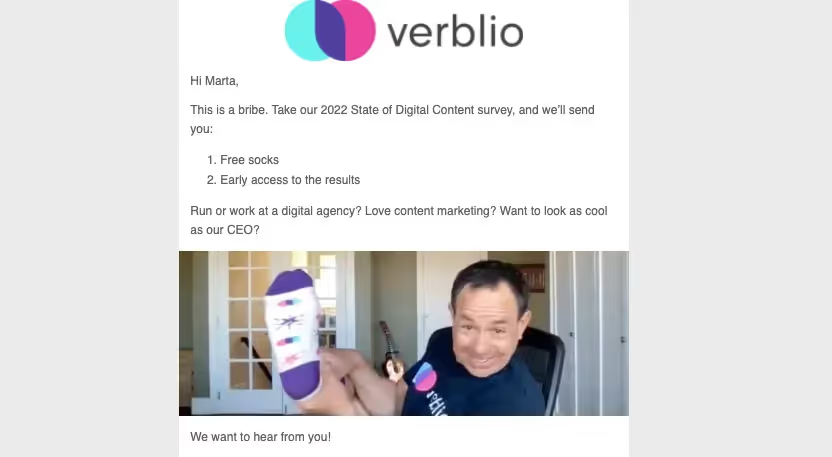
#8 Send out email reminders
If you run an email survey and your response rates are low… Just try again!
People are busy, and your surveys are not their priority. That’s the harsh truth. An unanswered survey doesn’t always mean the recipient will never want to talk to you. Maybe you just need to catch them at a better time?
We’ve tried this approach at Survicate, and it has proven successful time and time again. We discovered that the response rate for the first survey and the response rate for the follow-up survey are very similar in most situations. This means the follow-up surveys let us double on the respondents!
Here’s a fresh example of a survey sent by our customer success team:

Before you get horrified by the lousy response rate, be mindful that this email was sent to people who stopped using Survicate – for unengaged audiences, low response rates are expected. That’s why sending a follow-up email was twice as important!
Send your reminder 48-72 hours after the first email, and try a different sending time. You can also offer an extra incentive.
In order not to spam your whole audience with follow-up emails, it’s best to track non-respondents. If you integrate your email software with Survicate, you will get data on which respondents didn’t open your surveys. You will be able to set up automated email workflows based on this attribute. One less thing to worry about!
Wrapping up
A high survey response rate is crucial for data quality and accuracy. However, the average response rate differs so much between niche, distribution methods, countries, and many more factors that obsessing over averages isn’t really productive.
Instead, focus on boosting your survey response rate by finding out what makes your audiences tick:
- Test different survey elements and approaches
- Build better relationships with customers
- Get the timing and target audience right
- Send reminders
- Stick to short surveys
- Offer incentives when necessary
Still unsure how to make this advice work for your use case? Contact our customer success team and work on a tailor-fit solution together.
Dive into the world of customer feedback analysis with Survicate. Start with a free account and enjoy a 10-day trial with access to essential features. Join us and review our pricing.
You won’t know what works for your response rates unless you test — so dare to ask!








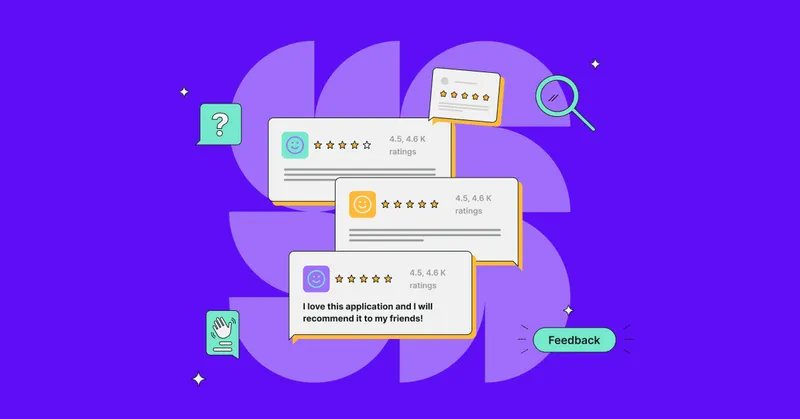
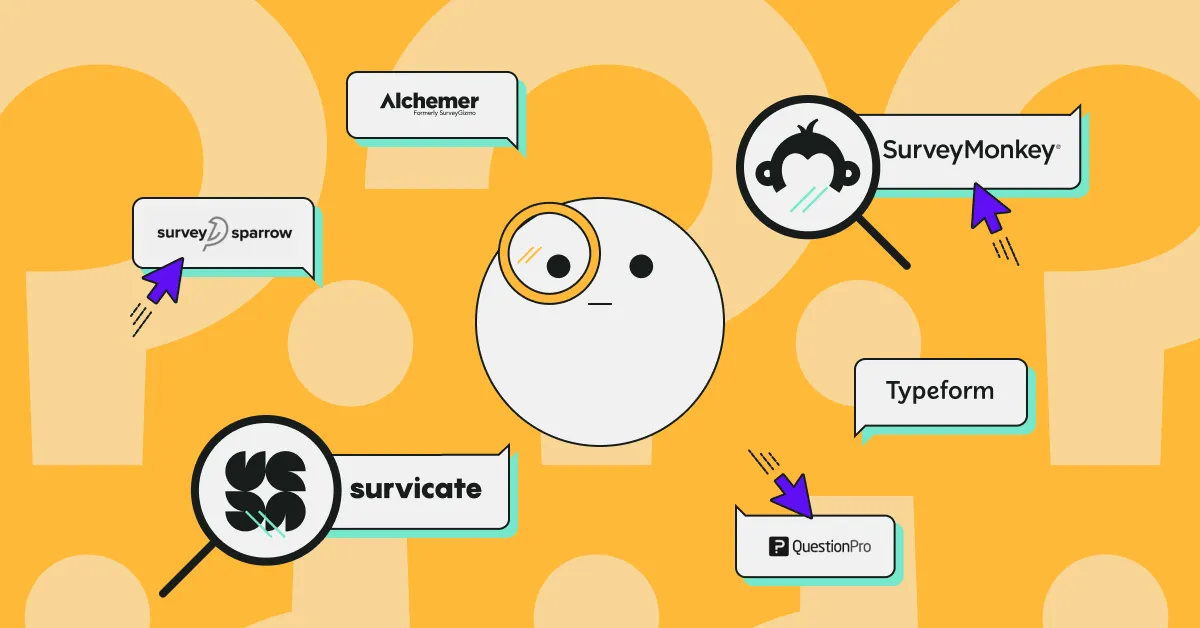

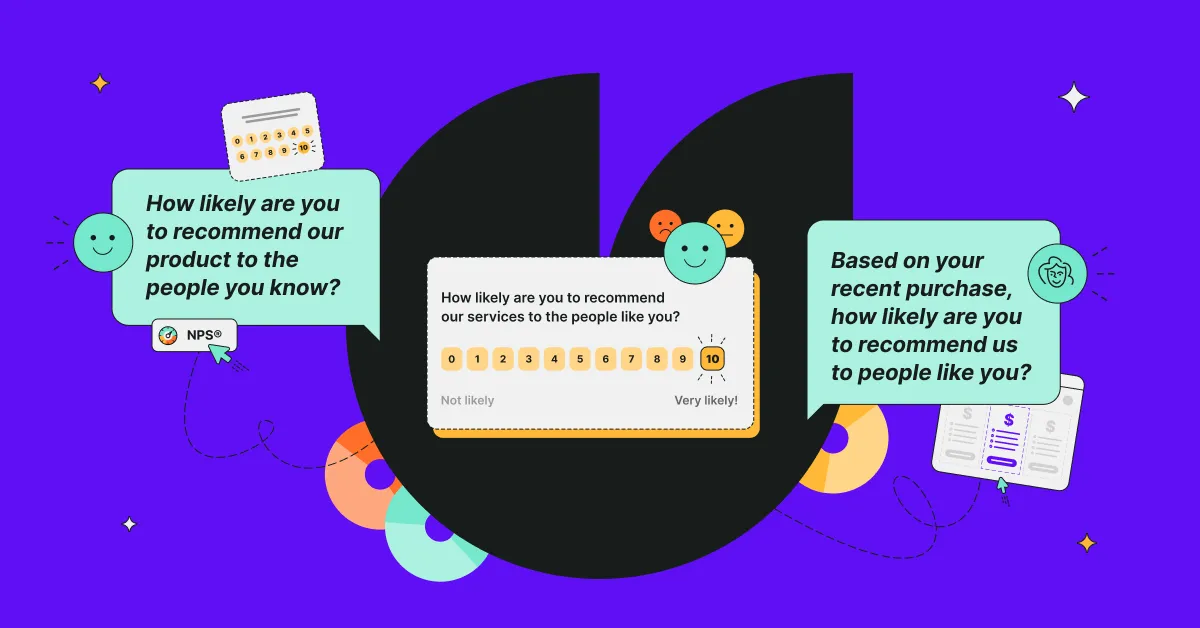
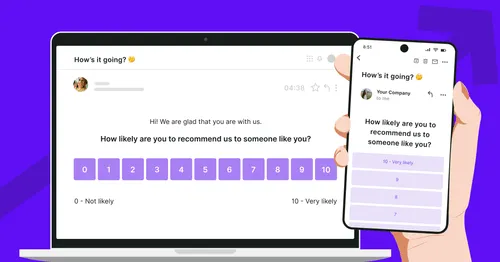
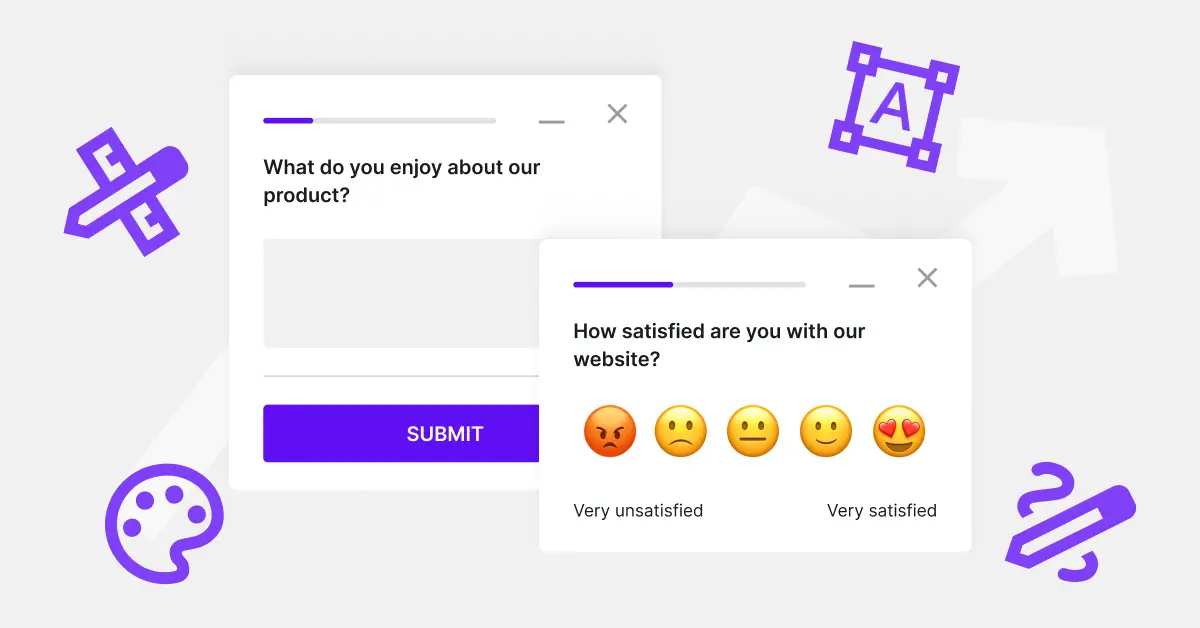
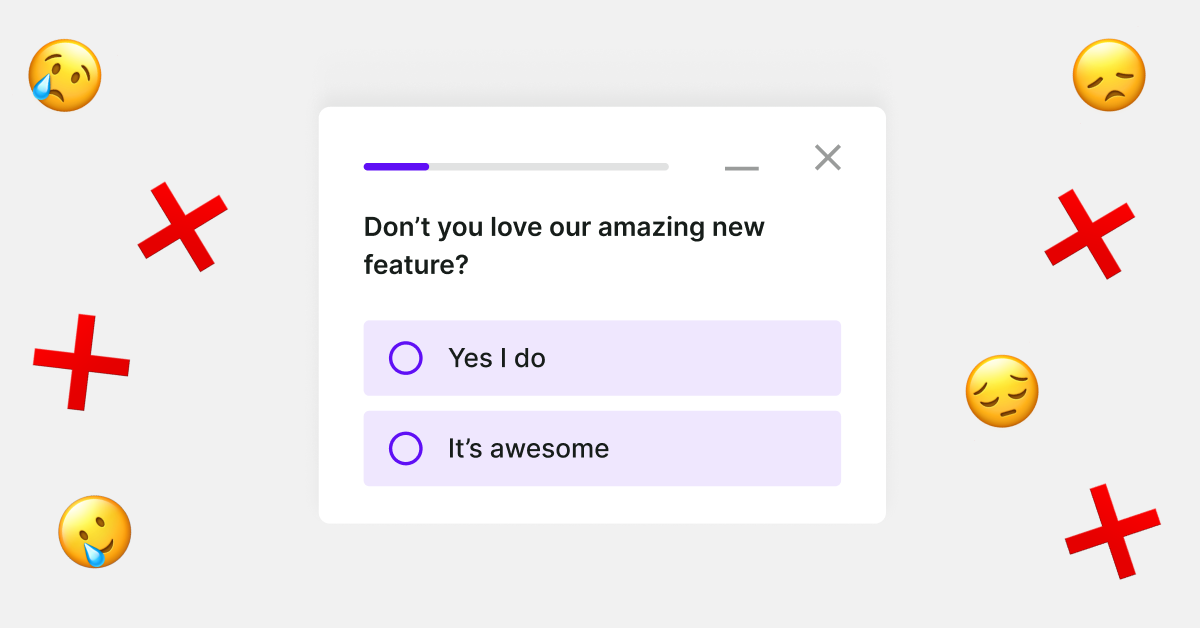
.svg)

.svg)



